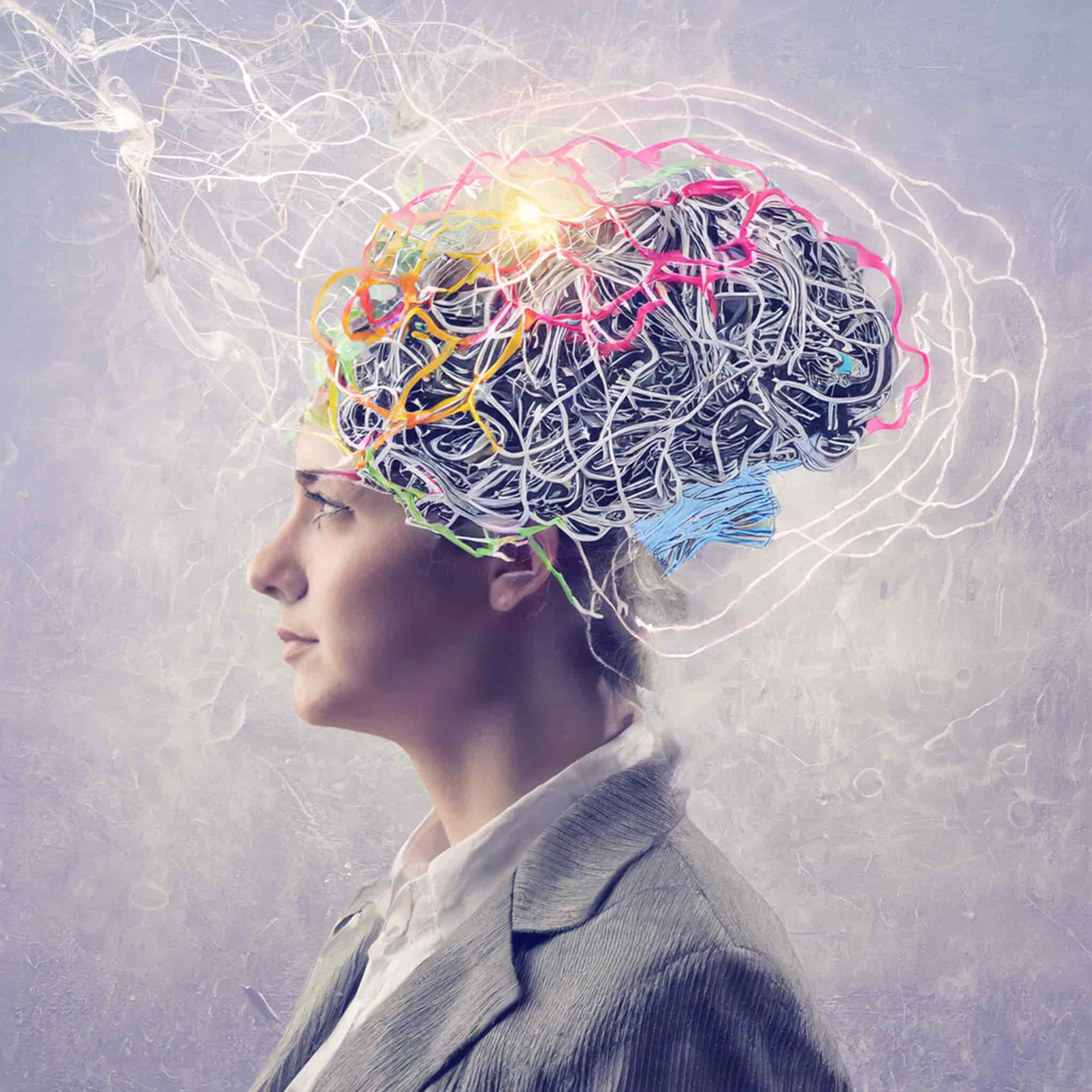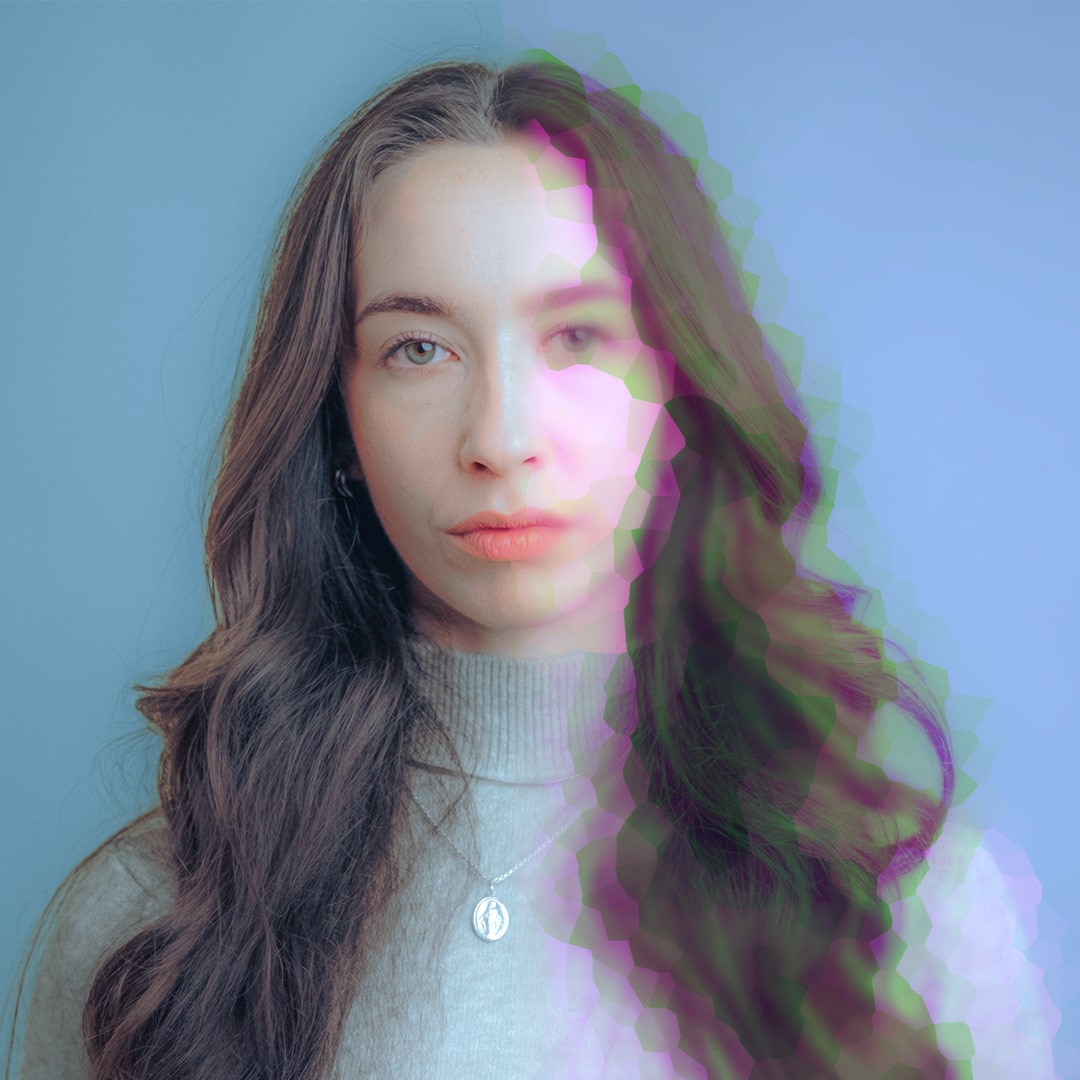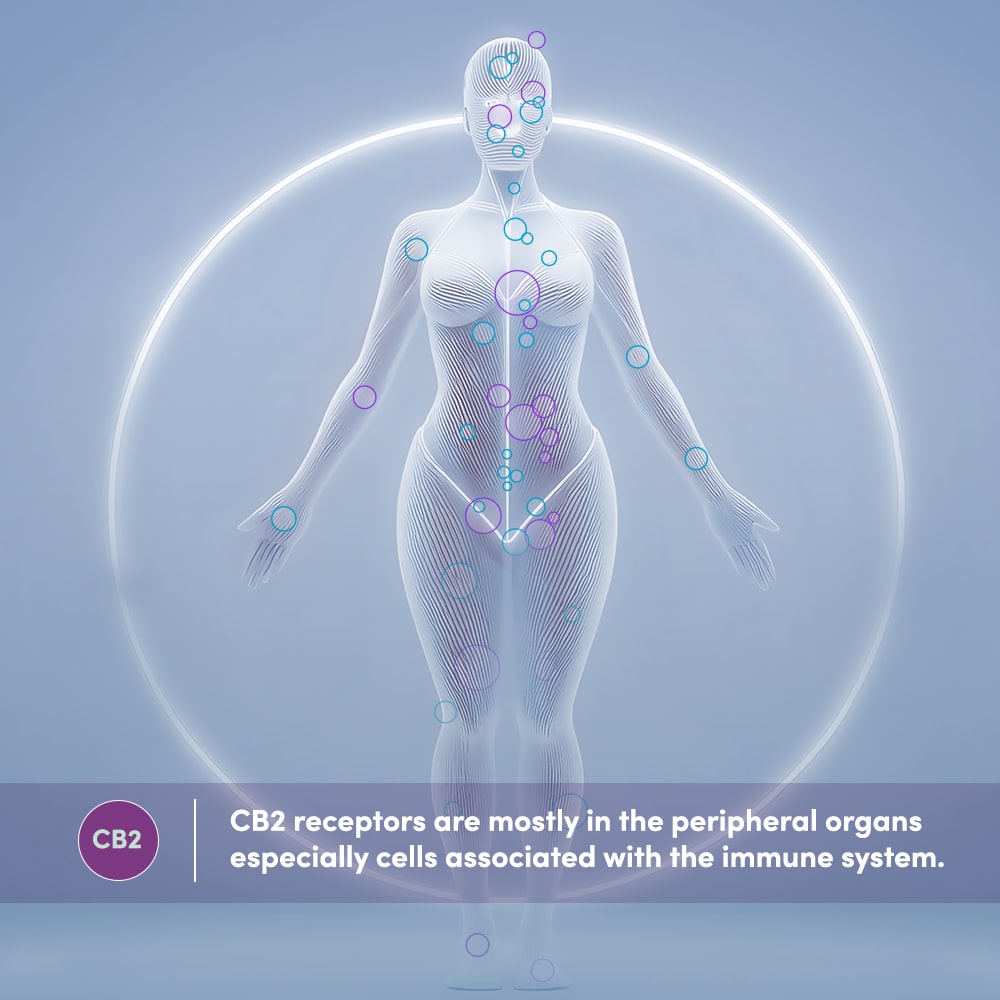
By: Juan Manuel Orjuela, MD
Neuropsychiatrist
Parkinson’s disease psychosis (PDP) is a neuropsychiatric complication that can affect individuals diagnosed with Parkinson’s disease (PD). Parkinson’s disease itself is a progressive neurodegenerative disorder primarily characterized by motor symptoms such as tremors, rigidity, and bradykinesia.1 However, as the disease advances, some individuals may experience non-motor symptoms, including cognitive and psychiatric disturbances. PDP specifically refers to the occurrence of hallucinations and delusions in people with Parkinson’s disease, significantly impacting their quality of life and often posing unique challenges for both patients and their caregivers.2
More than 20% of all patients with PD are affected by psychosis.2 Typically, psychosis occurs in the late stage of PD. PDP can be divided in two principal categories: minor and major symptoms.1 The former involve hallucinations of people, animals, or undefined objects passing through the peripheral visual field (passage hallucinations), perception of distorted objects (illusions) and perceptual experiences in which there is a sensation of “presence.” Usually, the subject has criticism of the abnormality of the perceptual phenomena, which is why they have been called “minor” hallucinations. Over the years, other “major” symptoms may appear, such as delusions and olfactory, auditory, orhallucinations.1

OS prevalence has been estimated to be 1.1% in psychiatric in-patients, particularly frequent in organic psychosis, whereas it is not well defined in PD. In addition to PD, OS has also been reported in other neurological disorders such as stroke, brain trauma, brain tumors, encephalitis and multiple sclerosis. OS related to PD and organic conditions is less organized and non-bizarre in comparison to that observed in schizophrenia.3

Although no studies support effective nonpharmacologic management of the hallucinations and delusions of PDP, once contributory visual defects are corrected, some general nonpharmacologic interventions may be helpful.4 For example, if hallucinations or illusions occur in low-light environments, improving room lighting may help.4 Referral for an eye examination to identify vision deficits is also recommended, and glasses should be worn throughout the day if possible. Situations such as Charles Bonnet syndrome (a condition in which visual hallucinations occur as a result of vision loss) and sleep-related hallucinations are treated behaviorally by improving lighting or decreasing distracting noise and by using assistive devices such as glasses or hearing aids.4 Other examples of behavioral treatment include person-centered care; optimization of sensory, communication, and physical function (eg., occupational or activities programs, music and sensory therapies) and optimization of the environment (eg., bright lights).
Regarding pharmacologic treatment, it is recommended that the neurologist review the doses of dopa agonists and, if they are very high or there is a mixture of several, it is proposed to reduce the dose, monitoring the risk/benefit with the motor symptoms. For patients without cognitive impairment, the drugs with the best evidence are clozapine and pimavanserin.4 In patients with cognitive impairment and visual hallucinations, rivastigmine significantly reduces the neuropsychiatric inventory score. Although the use of quetiapine was initially recommended, multiple studies have failed to reproduce its effectiveness. The same has happened with olanzapine, which also worsens motor symptoms.4
It is very important to understand that PDP is a frustrating condition because in many cases they lose touch with reality. It is essential to see a doctor if you notice or feel minor psychotic symptoms, to immediately start treatment and reduce the risk of progression to more complex situations such as agitation or aggression. In the case of OS, it is very important to protect the patient’s partner and be in constant contact with the treating physician for dose adjustments.
- Orjuela-Rojas J.M., Barrios Vincos, G.A., & Martínez Gallego, M.A. (2017). Neuropsiquiatría de los trastornos del movimiento [Neuropsychiatry Of Movement Disorders]. Rev Colomb Psiquiatr, 46 (1), 59-68. doi: 10.1016/j.rcp.2017.05.010.
- Ffytche, D. H., Creese, B., Politis, M., Chaudhuri, K. R., Weintraub, D., Ballard, C., & Aarsland, D. (2017). The psychosis spectrum in Parkinson disease. Nature reviews. Neurology, 13(2), 81–95. https://doi.org/10.1038/nrneurol.2016.200
- Kataoka, H., & Sugie, K. (2018). Delusional Jealousy (Othello Syndrome) in 67 Patients with Parkinson’s Disease. Frontiers in neurology, 9, 129. https://doi.org/10.3389/fneur.2018.00129
- Schneider, P. (2020). Psychosis in Parkinson Disease: Overview and Management. Annals of Long-Term Care. https://www.hmpgloballearningnetwork.com/site/altc/articles/psychosis-parkinson-disease-overview-and-management







